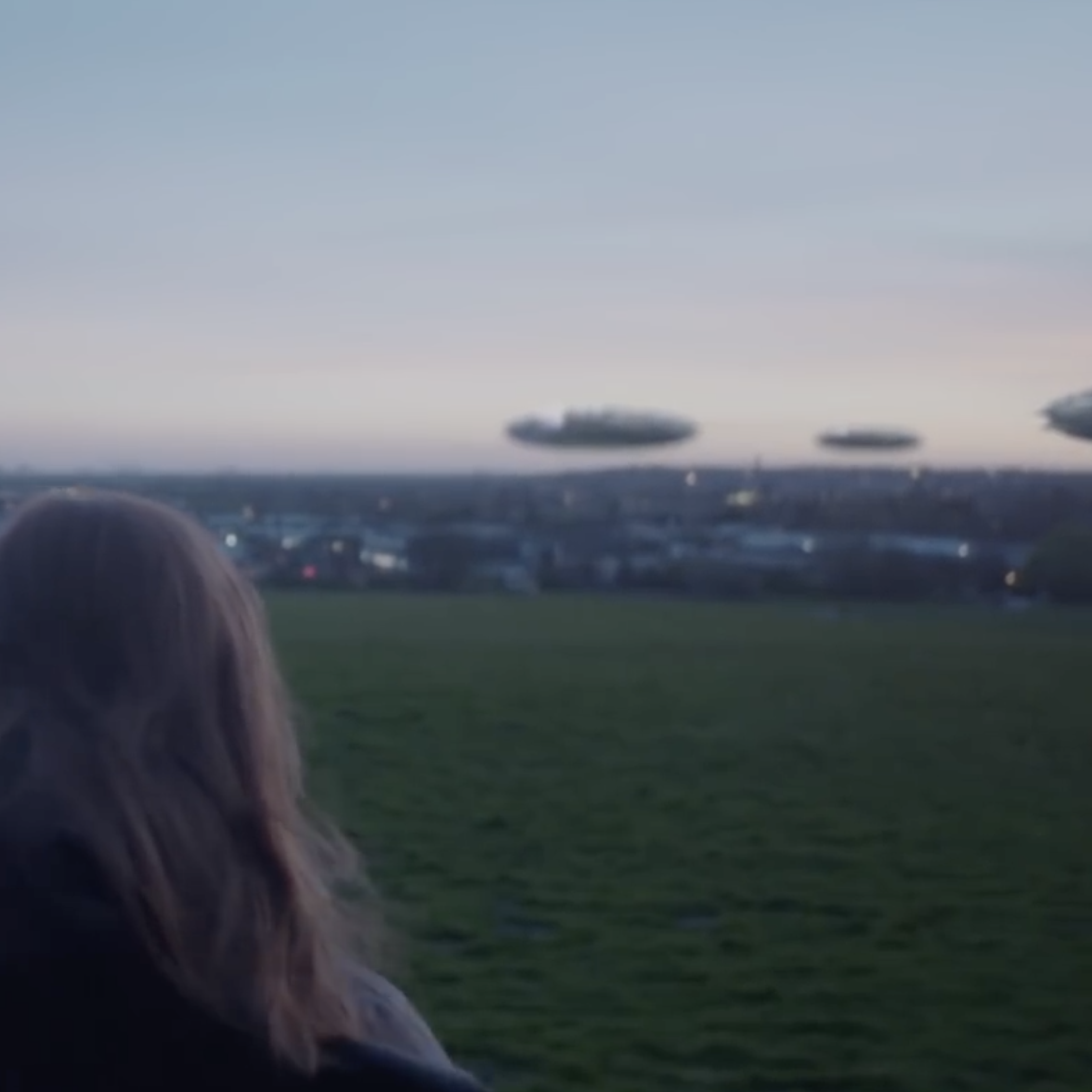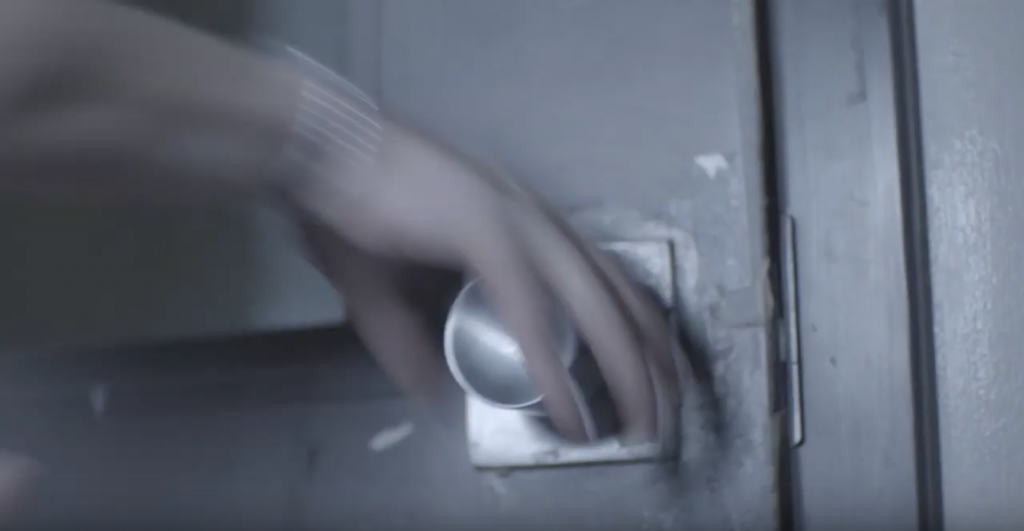
Month: December 2019


Lesson: Art of the Cut
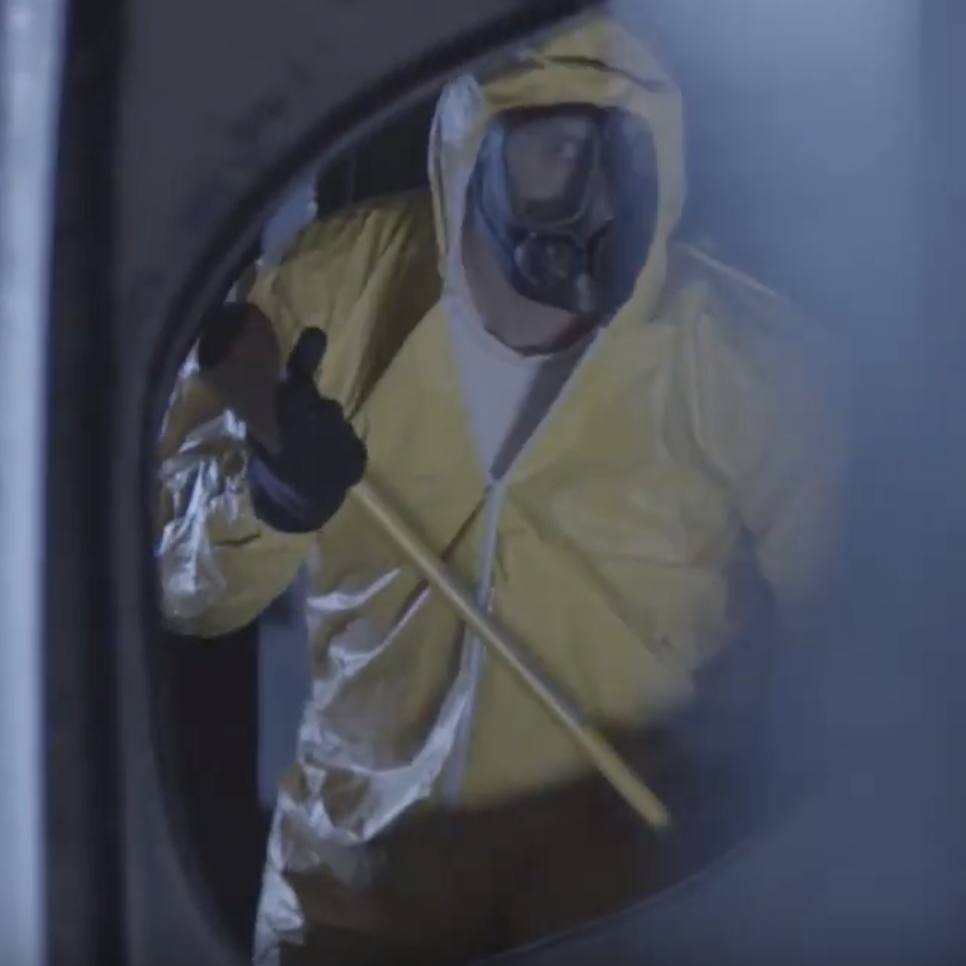
In this lesson, we’ll be looking at what makes an edit “feel” right. As an educational exercise, the website Cinestudy uploaded all of the unedited footage from a horror-themed short film. There was about 45 minutes of raw footage.
Here is the script that Cinestudy provided with the footage:
INT. WAREHOUSE NIGHT
We see down a dark hallway, and BECKY’s head pops up against the wall on the right side of the frame, she’s panting.the KILLER enters down the hall, Becky looks and sees him, starts to run.
KILLER follows, axe in hand. When she looks back, he’s on top of her.
Killer swings the axe down on her throat.CUT TO:
INT. BEDROOM MORNING
Overhead shot of Becky, waking from bad dream. She checks her throat, gets out of bed.INT. KITCHEN MORNING
ALLY, Becky’s roommate is making coffee. Becky enters.BECKY
I just had the most terrifying dream.
I was in some warehouse, being
chased by this madman in a yellow
suit, and he grabbed me by the throat.ALLY
Here, you need this more than me.Ally hands her a cup of coffee.
In the first cut, I used one take from every shot they provided. This was edited in Premiere Pro, but I didn’t do anything that couldn’t be done in iMovie – it’s just clips and music.

- We begin with some shots of the ax-wielding maniac in a dark warehouse.
- We see the protagonist hiding. She is discovered and chased.
- She runs through a workshop, where she tries to slow the killer down by pushing a table into him.
- She runs into an auto body shop and is followed around the large room.
- She runs down a dark hallway and up some stairs.
- She is followed up the stairs to a locked door, which she struggles with.
- The killer and protagonist struggle for the ax. The killer eventually pulls it free and swings down.
- The protagonist wakes up in bed.
- She enters the kitchen where her roommate is making tea.
- She tells her roommate about the dream.
This edit works, but it could be much tighter and more effective. This is the point at which many novice editors stop: they put everything in the timeline and trim the edges off.

In my second cut, I tried to eliminate all unnecessary shots, which involved cutting entire sequences from the film.
- We begin with few shots of the ax-wielding maniac.
- We see the protagonist hiding. She is discovered and chased.
- She runs down a dark hallway and up some stairs.
- She is followed up the stairs to a locked door, which she struggles with.
- The killer and protagonist struggle for the ax. The killer eventually pulls it free and swings down.
- The protagonist wakes up in bed.
- She enters the kitchen where her roommate is making tea.
- She tells her roommate a much shorter version of the dream.
In addition to removing the sequence in the workshop and auto body shop, virtually all of the remaining shots were shortened. For sequences with multiple angles covering the action, some of the shots were removed. I watched the initial cut and considered each shot individually. Ask yourself these questions: Is this shot necessary? Could it be shorter? Would it be better somewhere else? In this case, the finished film is about one third the length of the original cut. I also changed the music in the first half and added some to the second and used the sound of the kettle to bridge the two.
You may notice that the reaction shots have all been shortened significantly. I also paid more attention to matching the action from one shot to the next. For example, in the sequence in the hallway, the killer’s position is inconsistent from shot to shot. The shots of the two struggling for the ax were all cut down and some were removed outright.
The final sequence where the protagonist recounts her dream is probably the one that has been altered the most. In the first cut, she sort of rambles and repeats herself. By cutting to her roommate, I was able to use parts of a few different takes to tell a shortened version of the same story. The first cut is about 50 seconds long and the second is less than half that.
When the two characters are talking in the last sequence, I cut to one character while the other was still talking. In other words, the video of one shot overlaps the audio of the next. Editors call these J and L cuts and they help make dialog scenes feel more natural.
With more time, I would probably move on to a third cut to further refine and improve the film. What would you do for the next iteration?
As Peter Jackson (among other directors) says, you never really finish a movie – you just run out of time.
Editing Tips
Here are some things to keep in mind as you edit.
- Work from big to small. Start with the shots in their entirety to establish the action of the sequence. Then whittle the shots down as much as you can. Add finishing touches like J and L cuts, music, and sound effects last.
- Only the finished film matters. You may have had to work really hard to get a particular shot, but if it doesn’t work in the final film, you shouldn’t use it. This is why storyboarding and planning is so important.
- Watch out for jump cuts – sequential shots that are too similar and feel “off” as a result. For example, in the opening shots of the rough cut, we go from one shot of the killer center screen to another shot with the same framing, which doesn’t flow naturally.
- Remember your old friend the 180 degree rule, which keeps characters in dialog on opposite sides of the screen. It also helped the chase sequence move consistently from left to right, which makes things easy to follow.
- Pay attention to the flow of action from shot to shot. The action of the first shot should never repeat in the second shot. In fact, you may want to compress the time between shots. In the fine cut of the hallway sequence, we go from a shot of the protagonist running towards the door to a shot of her hand reaching for the knob. This makes the entire sequence feel more tense.
- While you are working on the edit, take the time the watch your current cut in its entirety, without pausing. This will give you a sense of how the piece is flowing together as a whole.
- Editing is sometimes referred to as an “invisible” art. Most of the time, your cuts should go unnoticed by the audience. If a cut sticks out to you, try reworking it.

Jump cuts should generally be avoided… 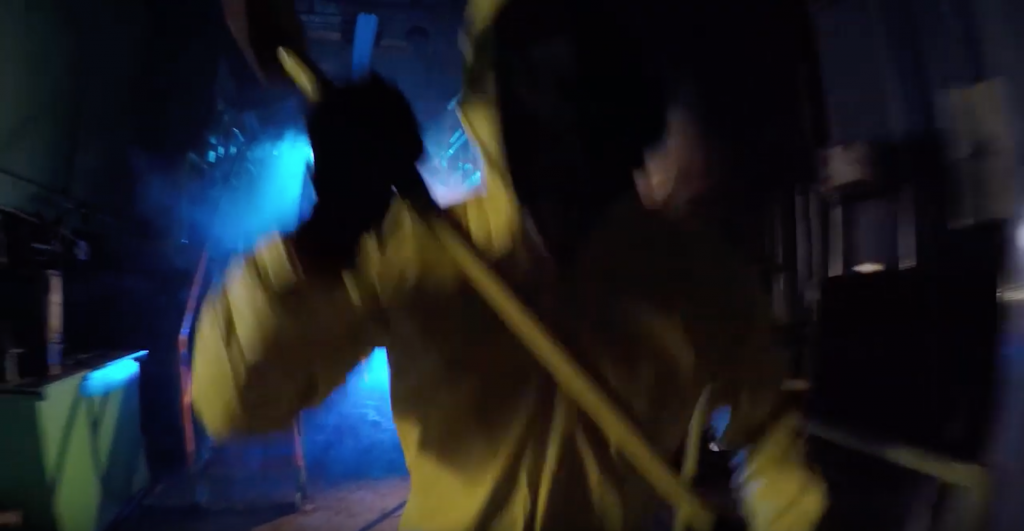
…this shot is too similar to the previous one.
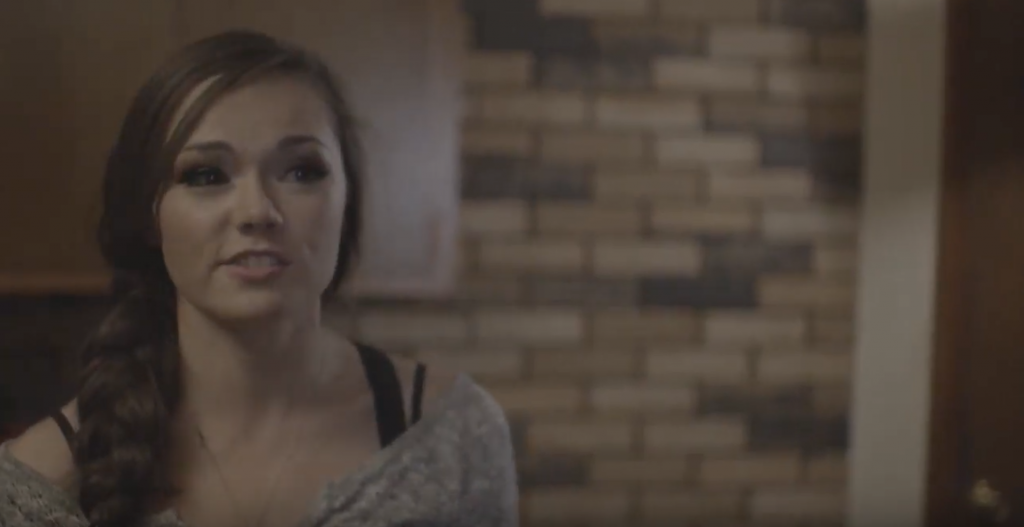
The 180 degree rule makes dialog scenes easy to follow… 
…and facing into the frame feels natural.
If you need a refresher on the process of editing in iMovie, check out this walkthrough on Storyblocks.
